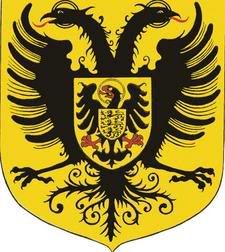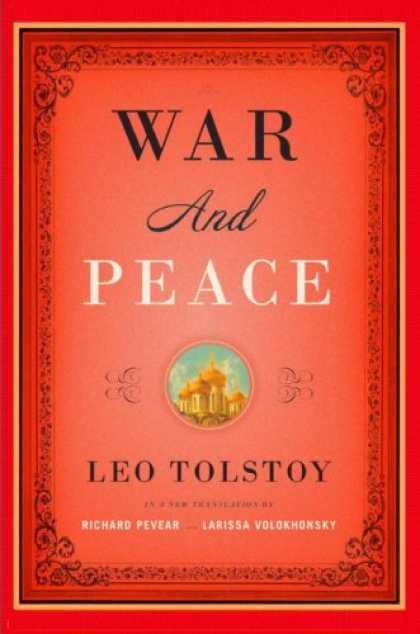
The Prussians, are (were), a people, who, were, of the same, descent, as the Brits. The Prussians, originally, lived, in Italia, before, eventually, moving, to Russia [Jon Bon Jovi, for instance, is an, 'Italian Brit']. It was in Russia though, where, they reformulated themselves, very much, in, an Arthurian manner, with, the role, of, Arthur, been played by, a Chancellor [and the Prussians, very much, as Knights (of all sorts)].
The Chancellor, was also, actually, played, by Priestly figures (Greek-Italian), who had lived, in Italia too, and moved on, to Russia, and very much, played, a similar role, to, the Sun King [as Chancellor] [Examples of such folks, who also engaged, in, Religious Art, was, Luigi Cherubini].
The Prussians, did cement, their identity, in, Russia, by helping, very much, build, St. Petersburg Square; and while, the Square, is, of, Eastern European Style, its Design (Osirisian), and Aesthetics (Italian like), are very much, of, Prussian origins.

The Prussians though, were renowned, problem solvers [many of them, of, the militaristic nature] [as with, Carl Von Clausewitz], and in many ways too, helped, cement, Russia, as a great, Nation, of Academics [Academics, are people, who basically, solve problems (by study & research)].
Russian History, in many ways, is, the History, of, Eastern European groups, and the Prussians, with that, of the latter, mostly, unknown [with their role, in Russian Society, eventually, been replaced, by, a Jewish faction]. In many ways, a rather, interesting, history, unknown to most, but mostly, seen, in its, Literature.

War & Peace, is a work, by, Leo Tolstoy, very much, inspired, by, the lives, of, Prussians, and also too, very much, factual, with regards, to, the Napoleanic Wars. Eastern European culture though, differed (in nature), and is similar, to what, is seen, in, Anna Karenina:

Many of the Prussians, eventually leave, Russia, and settle, in, Sweden [and helping forge, strong, relations, between, Russia and Sweden]. With time, Prussian/Eastern European culture, is replaced, by, Jewish/Russian (Stalinist) culture. The role, of, the Chancellor, played, by, Greek-Italians (Brown), is eventually, adopted, by, the Germans, during, WW2, with alot, of, Nazi Imagery (including, the Swastika & even, the SS uniforms), being adopted, from, Prussian culture [in many ways, it is believed, that, Hitler, as, Chancellor, was actually, in nature, inspired by, not only, Prussian culture, but also, very much too, by, famed Italian Artist, Michelangelo Merisi da Caravaggio (as with rhetoric really)] [In general though, there was, something, Italian, about, Hitler, and alot, of, the Nazis, material culture, was actually, of, Prussian/Italian origins].
The Chancellor, was also, actually, played, by Priestly figures (Greek-Italian), who had lived, in Italia too, and moved on, to Russia, and very much, played, a similar role, to, the Sun King [as Chancellor] [Examples of such folks, who also engaged, in, Religious Art, was, Luigi Cherubini].
The Prussians, did cement, their identity, in, Russia, by helping, very much, build, St. Petersburg Square; and while, the Square, is, of, Eastern European Style, its Design (Osirisian), and Aesthetics (Italian like), are very much, of, Prussian origins.

The Prussians though, were renowned, problem solvers [many of them, of, the militaristic nature] [as with, Carl Von Clausewitz], and in many ways too, helped, cement, Russia, as a great, Nation, of Academics [Academics, are people, who basically, solve problems (by study & research)].
Russian History, in many ways, is, the History, of, Eastern European groups, and the Prussians, with that, of the latter, mostly, unknown [with their role, in Russian Society, eventually, been replaced, by, a Jewish faction]. In many ways, a rather, interesting, history, unknown to most, but mostly, seen, in its, Literature.

War & Peace, is a work, by, Leo Tolstoy, very much, inspired, by, the lives, of, Prussians, and also too, very much, factual, with regards, to, the Napoleanic Wars. Eastern European culture though, differed (in nature), and is similar, to what, is seen, in, Anna Karenina:

Many of the Prussians, eventually leave, Russia, and settle, in, Sweden [and helping forge, strong, relations, between, Russia and Sweden]. With time, Prussian/Eastern European culture, is replaced, by, Jewish/Russian (Stalinist) culture. The role, of, the Chancellor, played, by, Greek-Italians (Brown), is eventually, adopted, by, the Germans, during, WW2, with alot, of, Nazi Imagery (including, the Swastika & even, the SS uniforms), being adopted, from, Prussian culture [in many ways, it is believed, that, Hitler, as, Chancellor, was actually, in nature, inspired by, not only, Prussian culture, but also, very much too, by, famed Italian Artist, Michelangelo Merisi da Caravaggio (as with rhetoric really)] [In general though, there was, something, Italian, about, Hitler, and alot, of, the Nazis, material culture, was actually, of, Prussian/Italian origins].